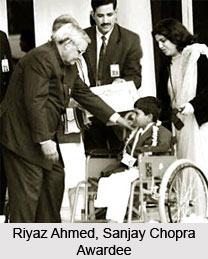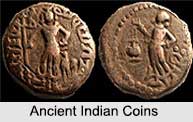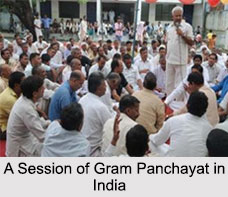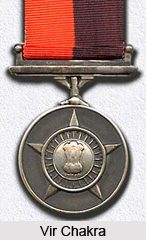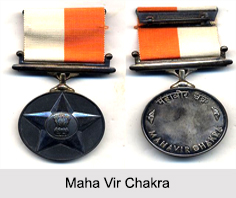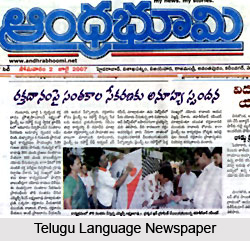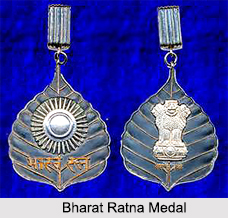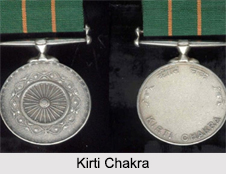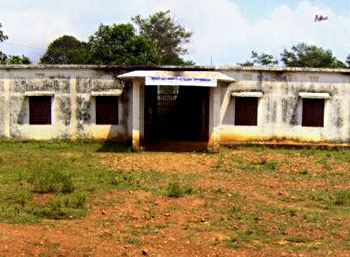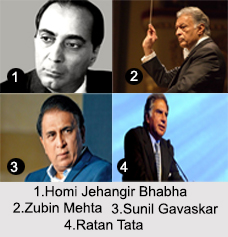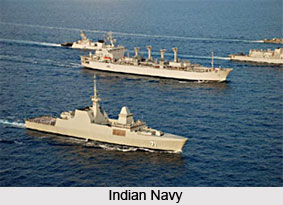 The occasion on which Captain Best defeated the Portuguese had become an important landmark in the history of Indian Navy. The incident of this encounter made the British army maintain a fleet in the Swally region of Gujarat. The fleet was responsible for the protection of trade activities of the East India Company in the Gulf of Cambay. The officers and armed personnel of the fleet were responsible for surveying the Persian and Arabian coastline. When the British East India Company took possession of Mumbai which was then known by the name Bombay, the marine division of East India Company also became responsible to guard the trade routes of the city, especially the important sea routes of the city were kept under special supervision of the Marine Division of the East India Company.
The occasion on which Captain Best defeated the Portuguese had become an important landmark in the history of Indian Navy. The incident of this encounter made the British army maintain a fleet in the Swally region of Gujarat. The fleet was responsible for the protection of trade activities of the East India Company in the Gulf of Cambay. The officers and armed personnel of the fleet were responsible for surveying the Persian and Arabian coastline. When the British East India Company took possession of Mumbai which was then known by the name Bombay, the marine division of East India Company also became responsible to guard the trade routes of the city, especially the important sea routes of the city were kept under special supervision of the Marine Division of the East India Company.
The Bombay Marine after having shifted to Mumbai undertook many important defence activities for the city. For instance it fought against the Portuguese, the Dutch and the French. It also defended the city from the attacks of interlopers and pirates belonging to various nationalities. The Bombay Marine was also involved in the Burma War in the year 1824 and in the war against the Marathas and the Sidis. The year 1830 brought in a new name for the Bombay Marine. It came to be called Her Majesty`s Indian Navy. The participation of the Navy in the China War during 1830 proved the proficiency of the Navy.
As the strength of the Indian Navy grew at the same time it underwent a number of changes in its name. For instance it was called Bombay Marine from the year 1863 to 1877 after that it became Her Majesty`s Indian Marine. At this time, the Marine had two divisions, the Eastern Division based at Kolkata the then Calcutta under the Superintendent, Bay of Bengal, and the Western Division at Bombay under the Superintendent, Arabian Sea. According to the services rendered during various campaigns, its title was changed to Royal Indian Marine in 1892. By this time it consisted of over 50 vessels. The Royal Indian Marine went into action with a fleet of minesweepers, patrol vessels and troop carriers during the First World War when mines were detected off Bombay and Aden, and was utilised mainly for patrolling, ferrying troops and carrying war stores to Iraq, Egypt and East Africa.
In 1934, the Royal Indian Marine was re-organised as the Royal Indian Navy. At the outbreak of the Second World War, the Royal Indian Navy consisted of eight warships. By the end of the war, its strength had risen to 117 combat vessels and 30,000 personnel who had seen action in various theatres of operations.
After Independence, the Royal Indian Navy of India had 32 ageing vessels suitable only for coastal patrol, along with 11,000 officers and men. On 26th of January, 1950 when India was declared a Republic the prefix "Royal" was dropped from Indian Navy.





